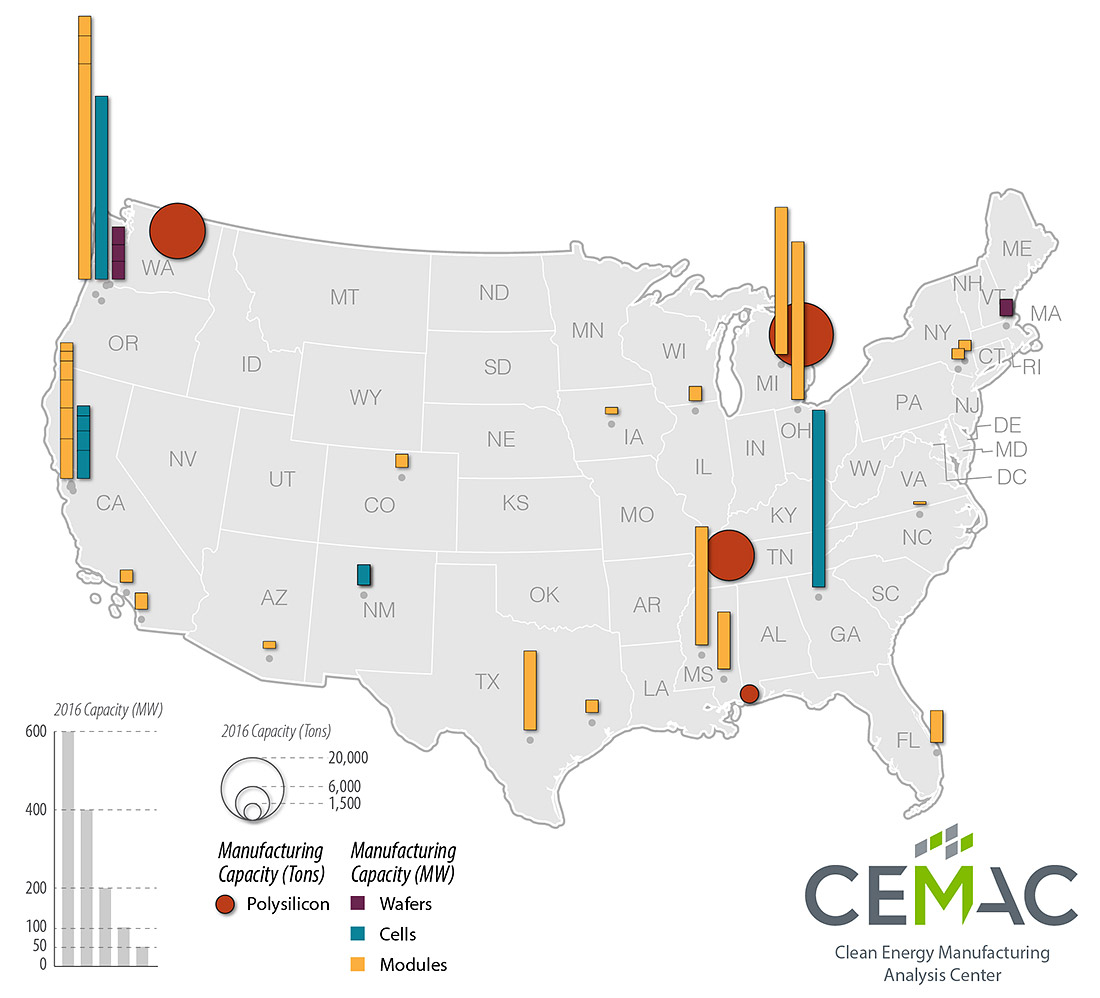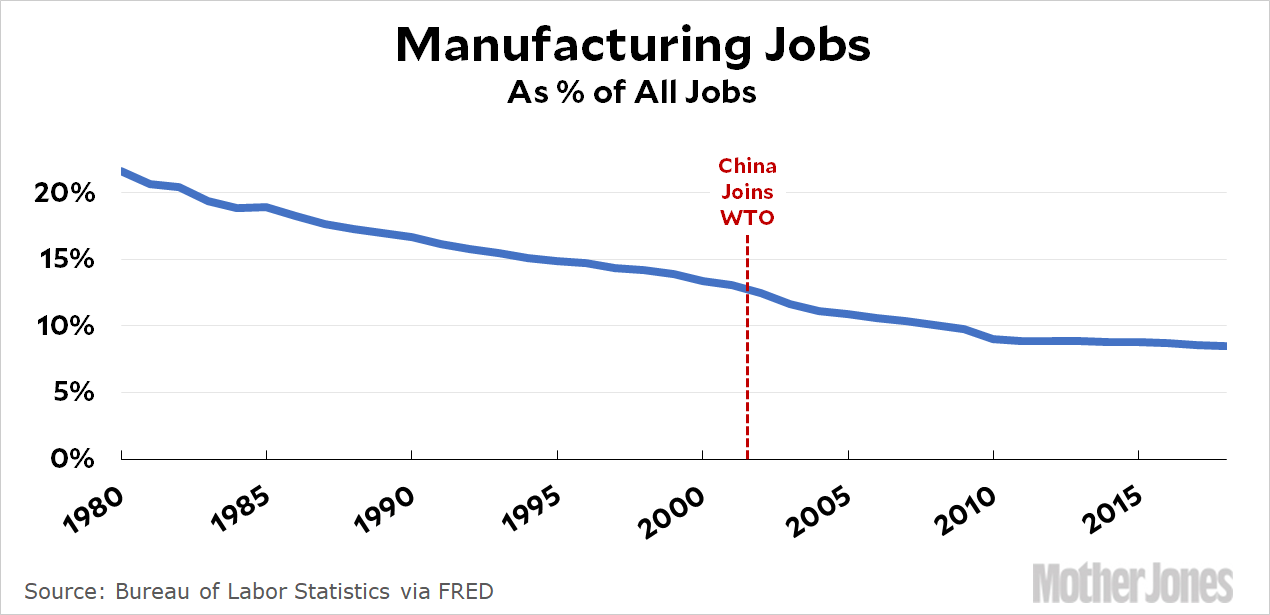See This Report about Manufacturing In The United States
requirements to actively promote this as well. Knowledge@Wharton: Does the U.S. have enough competent workers who know how to deal with these innovative manufacturing technologies? How serious is the abilities space and what should be

done about it? Rose: We researched this several years ago. As part of this research study, we pulled headlines from Germany, from China, from Japan. And they all state there is a crisis, we do not have enough competent workers. And yes, there is a skills gap in the United States, and this will be a huge challenge and a growing difficulty going forward. The more fascinating question is whether it is a relative drawback to others. Nonetheless, we require action here too, particularly as we think about the effect of technology that is gazing us in the face. Government and academic organizations have a function, and they require to lean into that. But I think more than ever, companies need to do that as

well. For a very long time, companies have treated the manufacturing employees as disposable, in a sense. This has got to alter. Workers, specifically in a highly competent manufacturing world, are a real competitive possession for a company. What does that mean? Companies need to own the problem, and they require to begin to construct tools to grow their own specialists, rotate them as they would executive groups to keep them engaged, retrain them when their task changes, and not rely on federal or regional federal government support or community college programs and so on. And everyone else is going to be struggling around attempting to get individuals on the margins.

Knowledge@Wharton: Is that what you indicate by a relative disadvantage of the other countries? Rose: Specifically. Knowledge@Wharton: Could offer us some examples of companies in the U.S. that are well positioned for the future in regards to manufacturing? What have they done in a different way, and what can other manufacturers learn from their experience? Rose: Let me provide you 3 examples. The first producer is John Deere. They are making impressive efforts to integrate innovation both into their items and likewise into their procedures. They are constructing their labor force in a lot of rural areas where individuals would usually state it's been hollowed out by previous financial downturns, and possibly the abilities do not exist. They are taking a long-term view, and they are making wise investments. It is not that they are reengineering every factory wholesale today, but they know what the roadmap is, and what the tactical plan is, for the next five and 10 years." Employees, especially in an extremely
The Main Principles Of Manufacturing In The United States
skilled manufacturing world, are a true competitive possession for a company." Another example is Ford. They have plant supervisors and managers who on their own, are experimenting with new things like 3D printing or additive production for various parts or components, or for tooling. And after that they have a coordination overlay staffed by an extremely senior gentlemen who supervises of testing a lot of the cutting-edge innovations, figuring out what the roadmap for deployment appears like, and handling the development school and activities that they have committed to this. Walmart has been really public over the last a number of years about significantly sourcing product from the United States. They are not manufacturing themselves, however with their size and scale what they are doing is going through their supply chain and understanding in information things like what would the relative cost be for lots of different possible sourcing areas. So, if I desire to manufacture bikes in the United States, do I have tire manufacturing capabilities? Can I make the gearbox? Can I make the pedals? And where ever they discover spaces-- because one space can keep the whole supply chain from relocating some cases-- they are encouraging providers to come back. I discover that really thoughtful and extremely disciplined. It is something that I believe others could find out from, and something that would benefit U.S. manufacturing broadly. Knowledge@Wharton: Historically, America's lead in production was driven by its lead in innovation and R&D. Do you think the U.S. still leads the world in research and emerging innovations, or has that competitive advantage transferred to other countries like China, for instance? Rose: The U.S. However you need to unpack it to actually see what is going on, and to see where there is danger included. The way I think of it is breaking it into three categories. One, there is standard research study. This is things like studying how deep space was formed.
The function of basic research study is to build the fundamental clinical knowledge with no real concentrate on a product or a procedure. has actually constantly led there and continues to lead there by a broad margin. This is hugely valuable work since it sets the structure for almost whatever that comes after it. The second action is applied research study. This is science that is more concentrated on dealing with a specific need. It is about attempting to solve an useful problem. The

U.S. continues to do well there as well. However the genuine space, or the emerging space, is on the 3rd classification, which is developmental research. That is about taking the understanding that was developed in the first 2 actions and turning it into products, devices, systems, or processes or methods specifically. Compared to the U.S., China has invested very heavily on downstream

developmental research study. Which downstream developmental research links extremely closely to creating items, to reengineering production procedures, and eventually to selling goods. The U.S. requires to consider how to balance the R&D total in between those 3 pails, and increase some of the developmental research study to help support U.S. production interests. Knowledge@Wharton: Does that mean that the U.S. requires to progress at execution along the 3rd measurement that you point out? And how can the U.S. do that? "The U.S. needs to ... ramp up some of the developmental research to help support U.S. manufacturers and U.S. manufacturing interests." Rose: That's right. It is practically shocking.
The Ultimate Guide To U.s. Manufacturing
Lot of times you will find there is upstream research study in fundamental and applied areas that downstream business that may monetize it have no idea about or access to. There is no procedure to methodically concentrate on the important subjects and move it through that funnel, if you will, down to things that we can utilize to sell or integrate into our procedures. Knowledge@Wharton: What do you think are some of the most appealing areas of standard research

that could cause manufacturing breakthroughs in the future? Rose: I am not a researcher or a researcher, so it is dangerous for me to threat guesses on these things. But I would suggest a starting point may be to look at a group of individuals that have actually analyzed this really closely. The great news is that they make their intent really clear in their 5 -year-plans.
I would motivate individuals to read the existing one and recall at the last couple of. China is focusing on areas like green energy, biotech, and AI and how that will drive and change supply chains and making processes. Knowledge@Wharton: If you were to look at American manufacturing five or ten years from now, what do you believe it would appear like, and what should be the top priorities for U.S. makers to get prepared for that future? Rose: I have a lot of hope for American manufacturing. There are some genuine tailwinds that we have actually laid out around the long-term evening out of costs and the future technologies to help us stay competitive. Where I believe we need to focus is the following: The U.S. has actually always been unwilling to develop a coordinated commercial policy. We are very unwilling
to" choose winners." That is something that is going to increasingly hamper us as you have to invest at a higher scale to find the breakthroughs and drive them to completion.